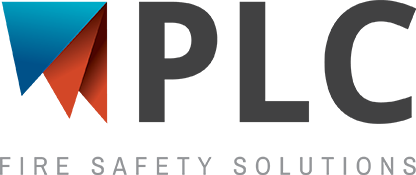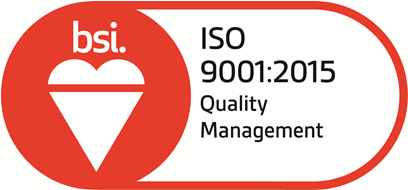Following up on the basic introduction to the theory behind Earned Value Management (EVM) posted earlier, the focus of this blog is to explain how schedule and budget monitoring parameters are calculated and used.
To recap, EVM is used to measure our progress against an integrated baseline which is developed during the planning phase of a project and provide Project Managers (PMs) with early indications of schedule and/or budget risks. For EVM, the following terms are defined.
1. Inputs
- PV (Planned Value) - The value of the work that should have been completed so far (as per the schedule). i) PV may also be referred to as Budgeted Cost of Work Performed (BCWP).
- EV (Earned Value) - The value of the work that has been completed so far. i) EV may also be referred to as Actual Cost of Work Performed (ACWP).
- BAC (Budgeted at Completion) - Total amount budgeted to complete the millstone, task, or sub-task.
- AC (Actual Cost) - The money spent on actual work completed so far.
2. Status
- SPI (Schedule Performance Index) - A ratio of the earned value (EV) to the planned value (PV).
- SV (Schedule Variance) - The difference between the value of work performed (EV) and the cost of work scheduled (PV). This could also be explained as how far ahead or behind schedule the task is in terms of the task budget.
- CPI (Cost Performance Index) - A ratio of the earned value (EV) to the actual cost (AC).
- CV (Cost Variance) - The difference between the value of work performed (EV) and the money spent so far (AC). This could also be explained as how far ahead or behind schedule the task is in terms of money spent.
3. Forecast
- ETC (Estimate to Complete) - The expected cost required to complete the project.
- EAC (Estimate at Completion) -The estimated total cost of the project at completion.
- VAC (Variance at Completion) -The cost variance of the project at completion.
- TCPI (To Complete Performance Index) - The (cost) efficiency level that will make the project finish on time.
The above terms can be used to measure performance on a milestone level, task level, sub-task level, and so on. As an example, let’s say a project has 2 (two) simple tasks A and B as outlined in Table 1.

Assuming the effort to complete each task is divided evenly over its duration, and that the team has completed 40% of Task A at a cost of $ 5,000 and 25% of Task B at a cost of $ 7,500; a snapshot of the project status on (end of day) September 4, 2018 is outlined in Table 2. This is step 1 of the process.

At this stage, the PM would have gathered the information required to start the analysis. The earned value analysis results are documented in Table 3. This is step 2 of the process.

So, what does the information in Table 3 tell us? Here is a summary:
- At this rate of progress, Task A
- Has cost us $ 1,000 (CV) less than it should have at this stage, however is $ 1,500 (SV) worth of effort behind schedule.
- Is behind schedule and will require 9.6 days instead of 8 days to complete since SPI=0.8.
- Is ahead of budget and will cost $ 12,500 to complete instead of $ 15,000 since CPI=1.2.
- At this rate of progress, Task B is
- Has cost us $ 1,250 (CV) more than it should have at this stage, however is $ 1,250 (SV) worth of effort ahead of schedule.
- Is ahead of schedule and will require 8 days instead of 10 days to complete since SPI=1.25.
- Is behind budget and will cost $ 30,000 to complete instead of $ 25,000 since CPI=0.83.
The 3rd and final step of the process is to forecast where the project will be at completion. This is done through calculating the values outlined in Table 4.

Based on Table 4, the project will require an additional $ 30,000 (ETC) to complete and end up costing a total of $ 42,500 (EAC), which is $ 2,500 (VAC) more than initially budgeted. Overall, the project team would have to be 1% (TCPI) more efficient than they have been to date to finish the project on budget. Additionally, since Task A will only take an additional 1.6 days to complete, this will not impact the overall schedule of the project as Task B, which is on the critical path, is anticipated to finish ahead of time. Therefore, in the overall project will finish 2 days ahead of schedule.
The information provided by EVM usually translates into the risk log, where it is evaluated. Where the risk evaluation results in a need to prevent projected schedule and/or budget delays, the PMs can take action accordingly to prevent or mitigate the risks. Next time we will investigate actions that could be taken by PMs to address schedule delays and budget overages.
At PLC Fire Safety Solutions, our Project Management team strives to deliver all Fire Protection project work on schedule and within budget, whilst adhering to the highest levels of quality. We are well versed in the science of fire protection and strive to pass that understanding onto our clients, so they can operate their facilities safely and economically.







